Search Results
Filters
Advanced Search
2175 Results
-
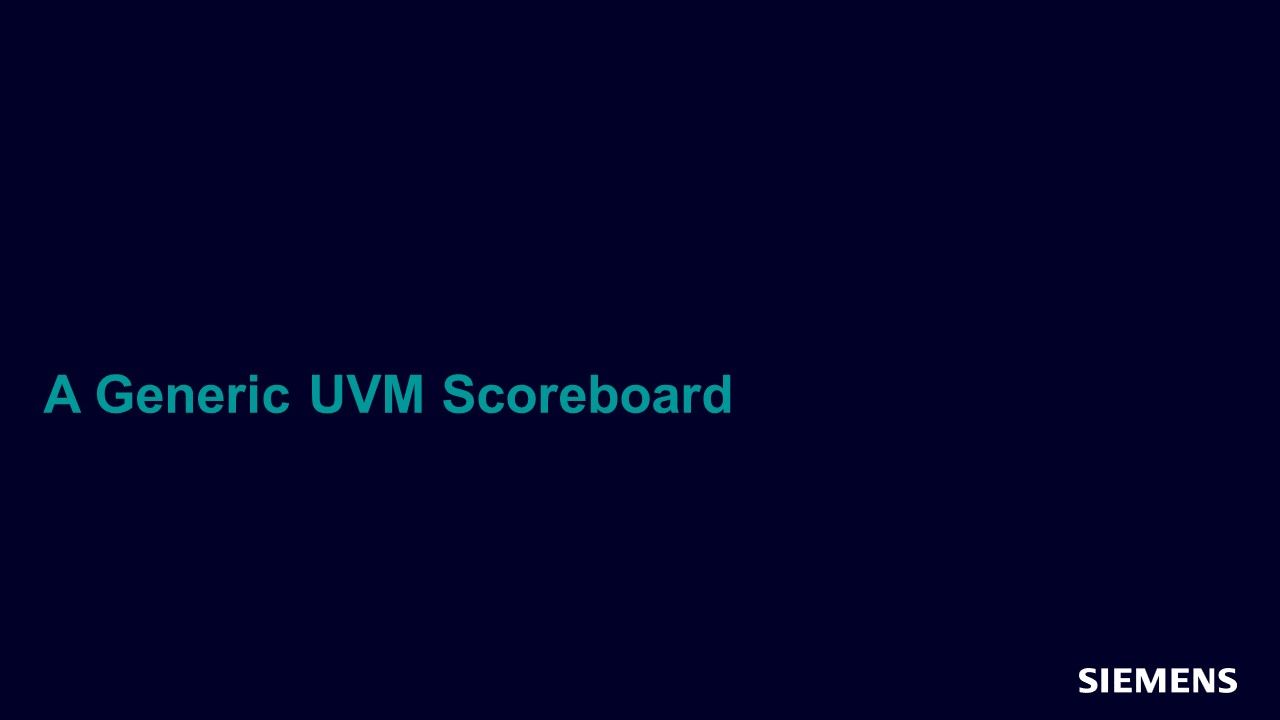
A Generic UVM Scoreboard
Article - Nov 01, 2015 by Jacob Andersen, Kevin Seffensen, Peter Jensen - SyoSil ApS
All UVM engineers employ scoreboarding for checking DUT/reference model behavior, but only few spend their time wisely by employing an existing scoreboard architecture. The main reason is that existing frameworks have inadequately served user needs and have failed to improve user effectiveness in the debug situation. This article presents a better UVM scoreboard framework, focusing on scalability, architectural separation and connectivity to foreign environments.
-
Getting ISO 26262 Faults Straight
Resource (Verification Horizons Blog) - Oct 26, 2015 by Avidan Efody
Random hardware faults – i.e. individual gates going nuts and driving a value they’re not supposed to – are practically expected in every electronic device, at a very low probability. When we talk about mobile or home entertainment devices, we could live with their impact. But when we talk about safety critical designs, such as automotive or medical, we could well die from it. That explains why ISO 26262 automotive safety standard is obsessed with analyzing and minimizing the risk they pose.
-
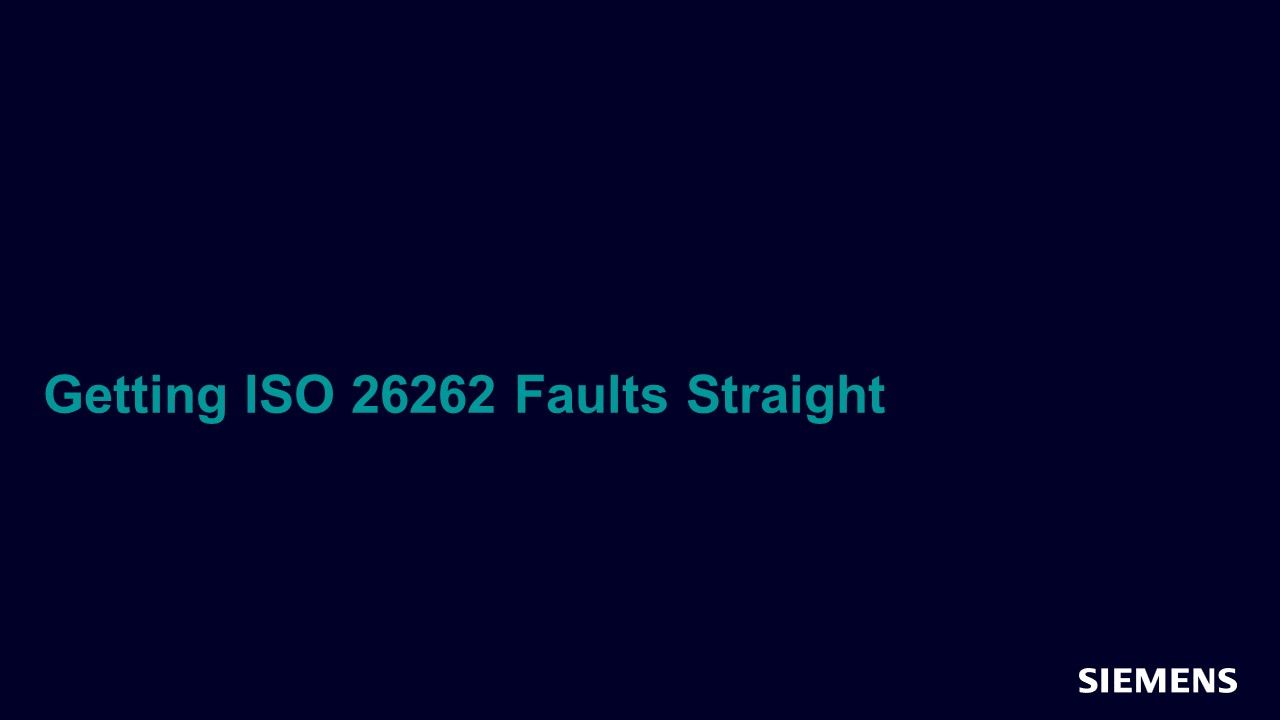
Getting ISO 26262 Faults Straight
Article - Oct 23, 2015 by Avidan Efody
ISO 26262 for automotive requires that the impacts of random hardware faults on hardware used in vehicles are thoroughly analyzed and the risk of safety critical failures due to such faults is shown to be below a certain threshold.
-
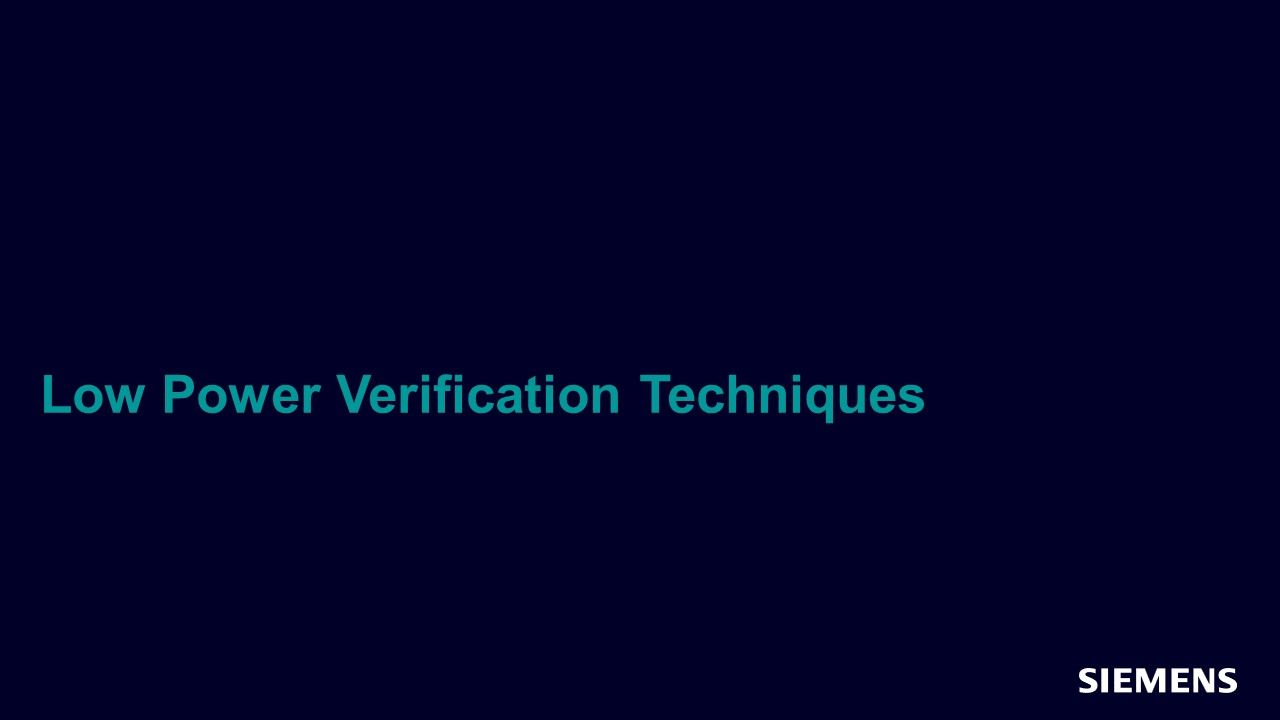
Low Power Verification Techniques
Webinar - Sep 23, 2015 by Ellie Burns
This session highlights a "new school" low power methodology termed "successive refinement" that uses the strength of UPF in just such a structured approach.
-
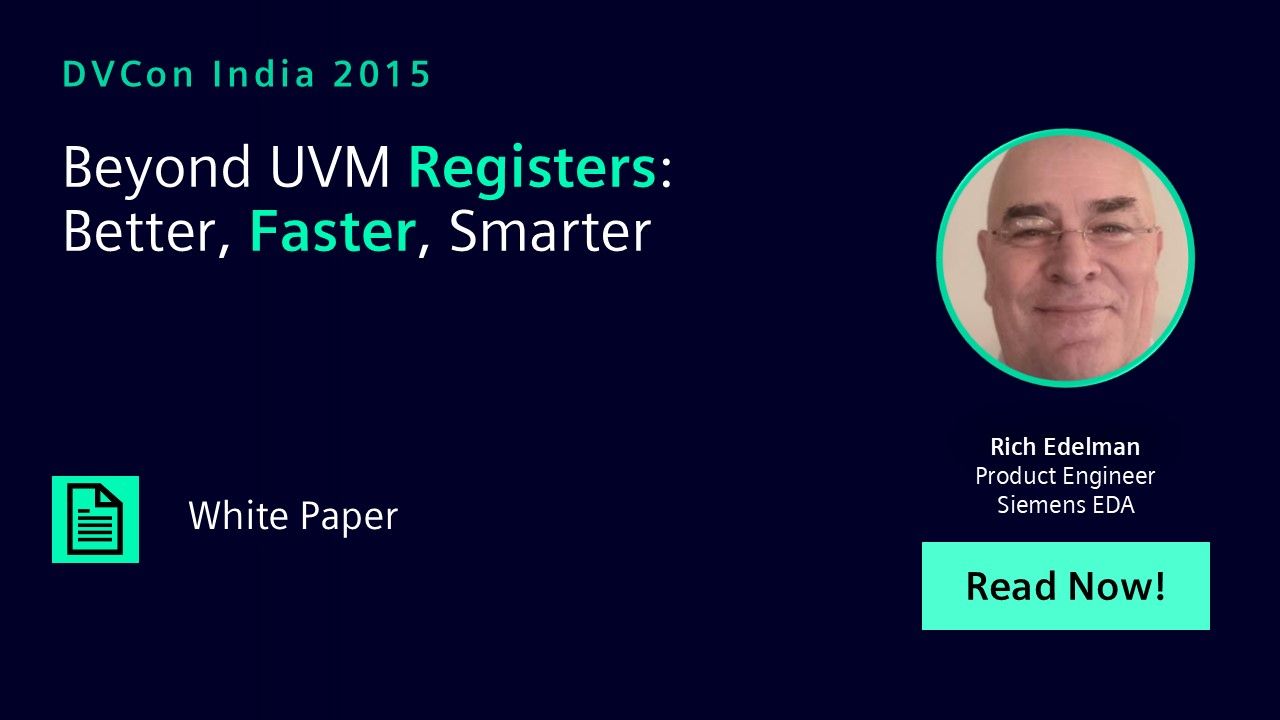
Beyond UVM Registers: Better, Faster, Smarter
Paper - Sep 10, 2015 by Rich Edelman
This paper proposes a re-think. A reconsideration of the goals and objectives, along with the implementation decisions. It discusses basic register model requirements and a suggested implementation and conceptual model that completely eliminates the need for a register library class, and the accompanying VPI interface to directly access the hardware.
-
Beyond UVM Registers: Better, Faster, Smarter
Resource (Paper (.PDF)) - Sep 10, 2015 by Rich Edelman
The UVM Register package is popular, and powerful, but complex. The new model introduced in this paper is simple and fast.
-
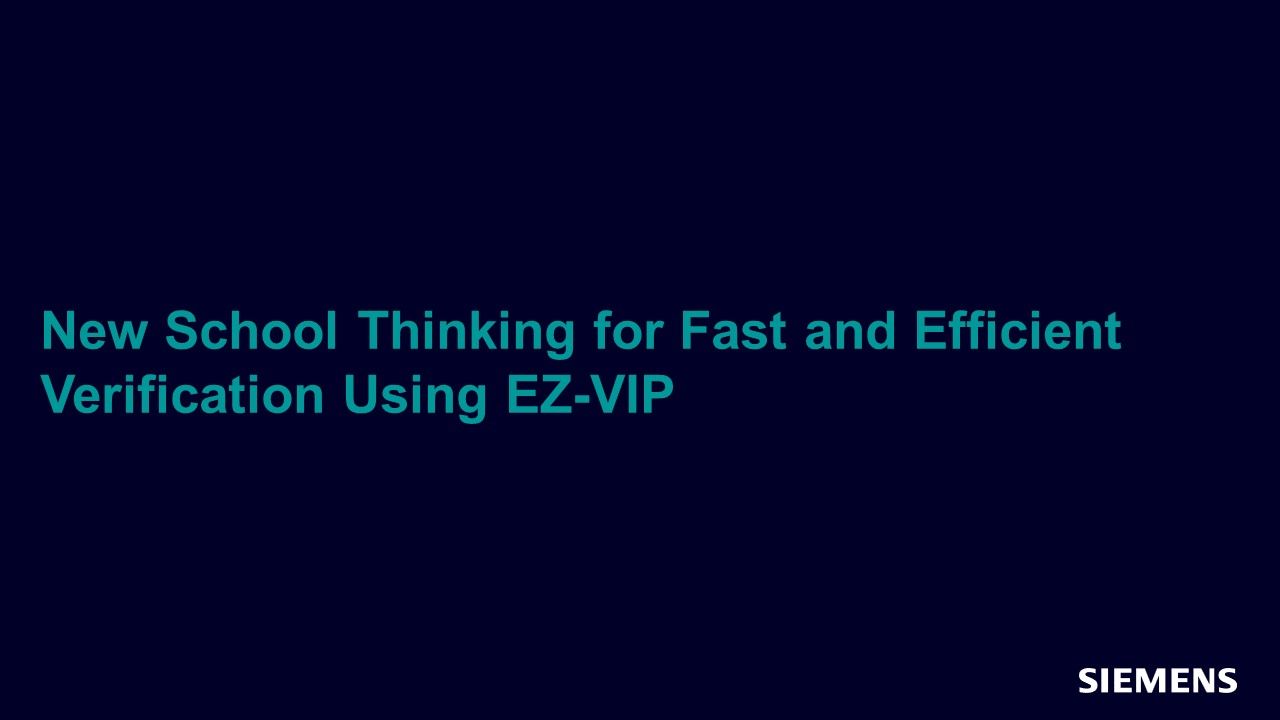
New School Thinking for Fast and Efficient Verification Using EZ-VIP
Webinar - Sep 02, 2015 by Jason Polychronopoulos
The session will show how to swiftly move through VIP instantiation, connection, configuration and protocol initialization, covering the use of UVM based verification IP for protocols such as PCI Express and MIPI CSI and DSI.
-
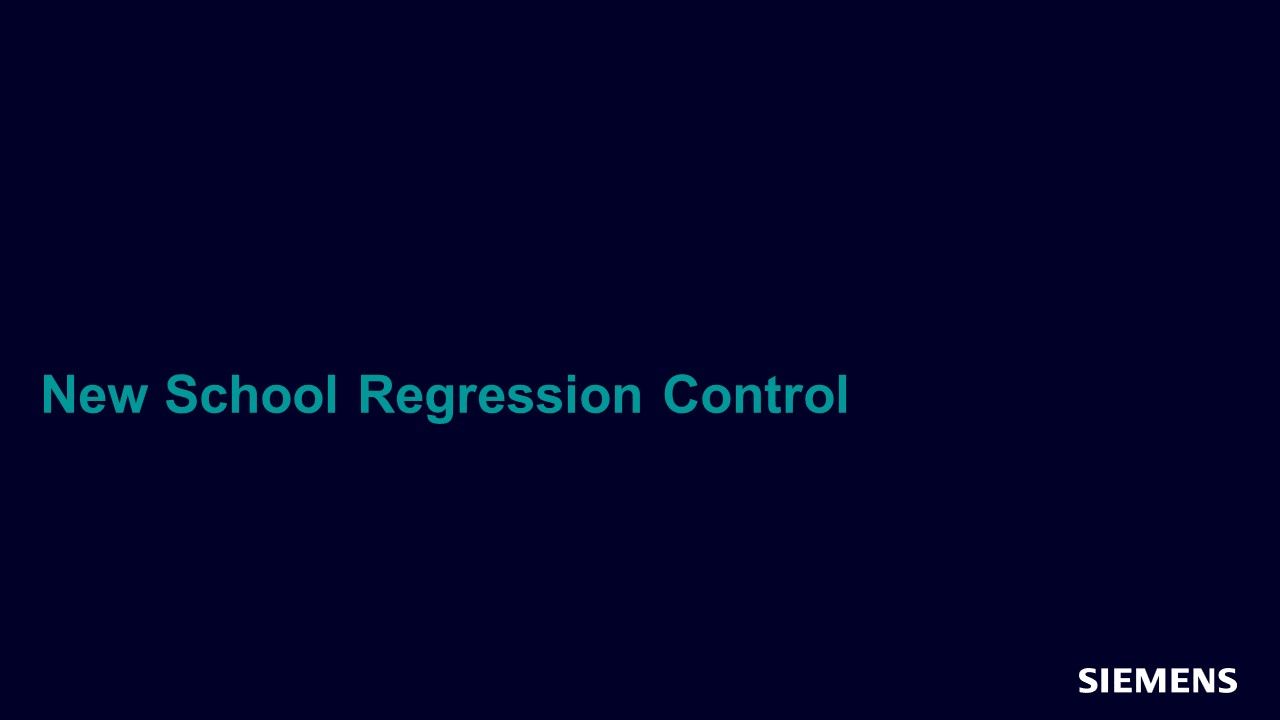
New School Regression Control
Webinar - Sep 01, 2015 by Darron May
Getting the very best from your verification resources requires a regression system that understands the verification process and is tightly integrated with workload management and distributed resource management software. Both requirements depend on visibility into available software and hardware resources, and by combining their strengths, users can massively improve productivity by reducing unnecessary verification cycles.
-
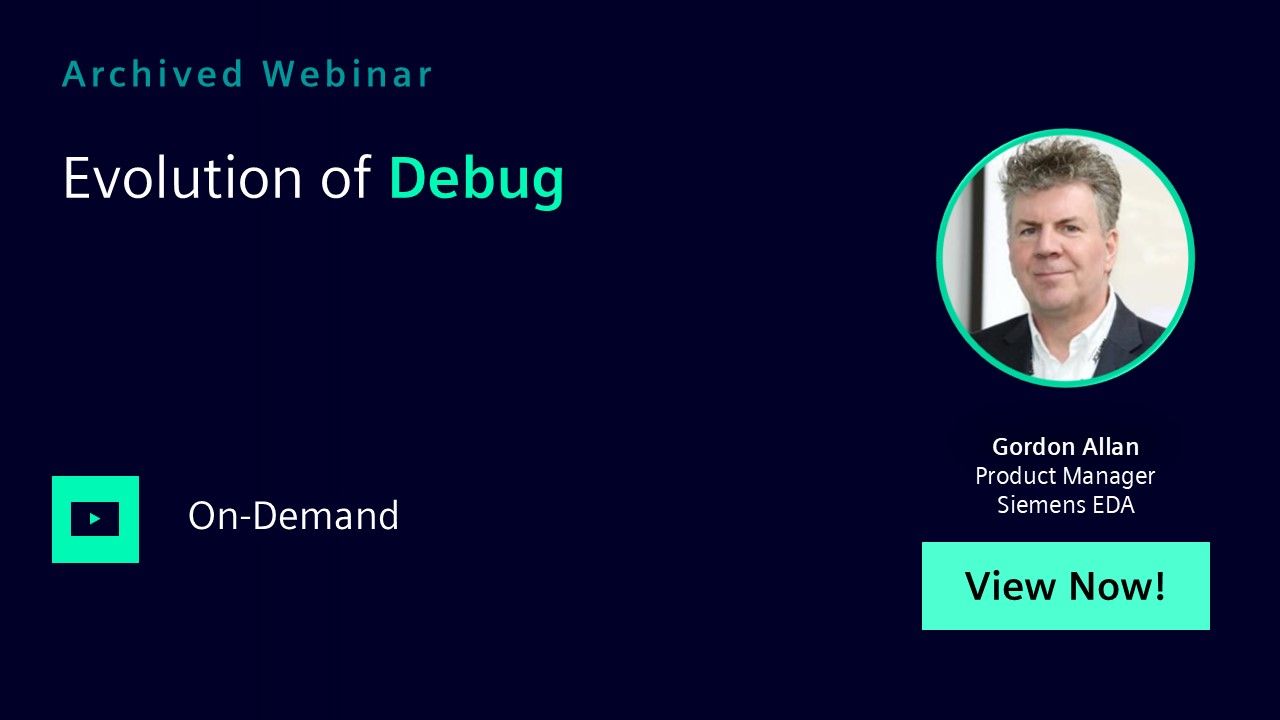
Evolution of Debug
Webinar - Aug 25, 2015 by Gordon Allan
In this session, Gordon Allan takes a critical look at the past, present and future challenges for debug, exploring real world situations drawn from years of experience in SoC design and verification, and describing leading-edge techniques and compelling solutions.
-
Evolution of Debug
Resource (Slides (.PDF)) - Jul 28, 2015 by Gordon Allan
-
Unleashing the Full Power of UPF Power States
Resource (Paper (.PDF)) - Jul 17, 2015 by
-
EZ Verification with Questa Verification IP
Resource (Slides (.PDF)) - Jul 06, 2015 by Jason Polychronopoulos
-
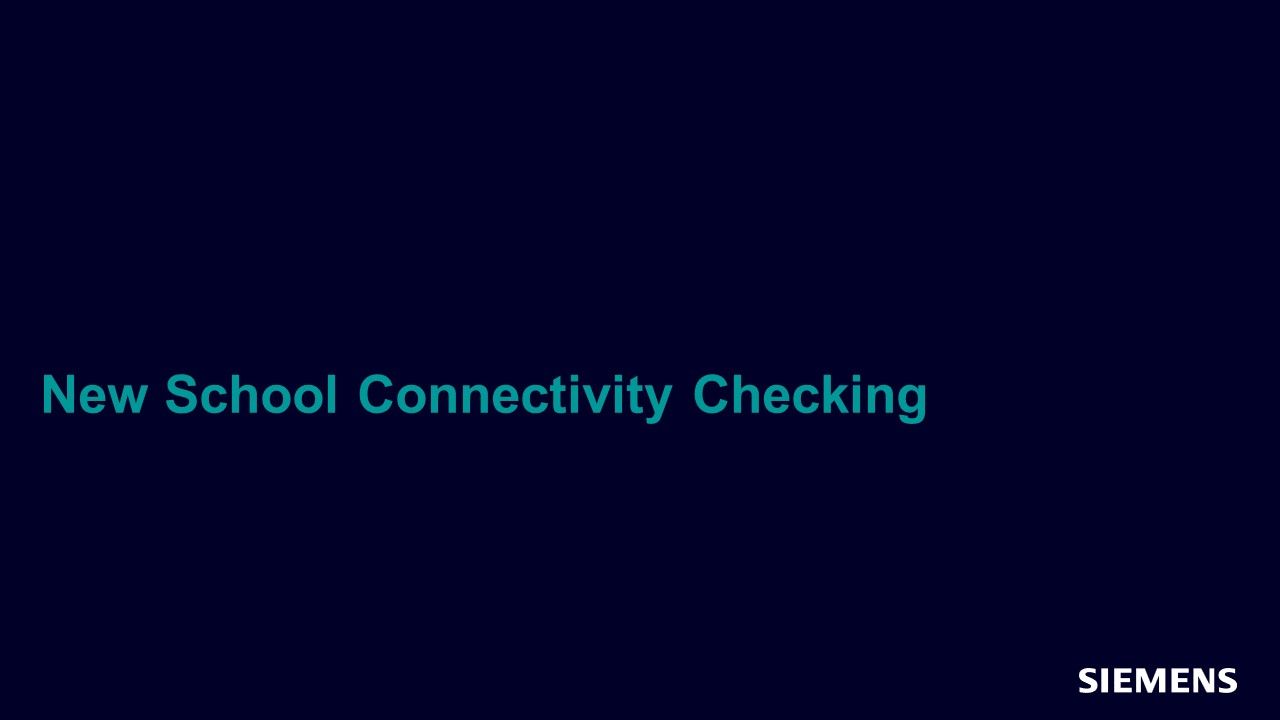
New School Connectivity Checking
Webinar - Jul 01, 2015 by Mark Eslinger
This session discusses the use of a new school formal verification method which can be easily applied to solve the problem of connectivity checking with detailed case studies of how this formal app was used to automatically verify connectivity and accelerate the debug process.
-
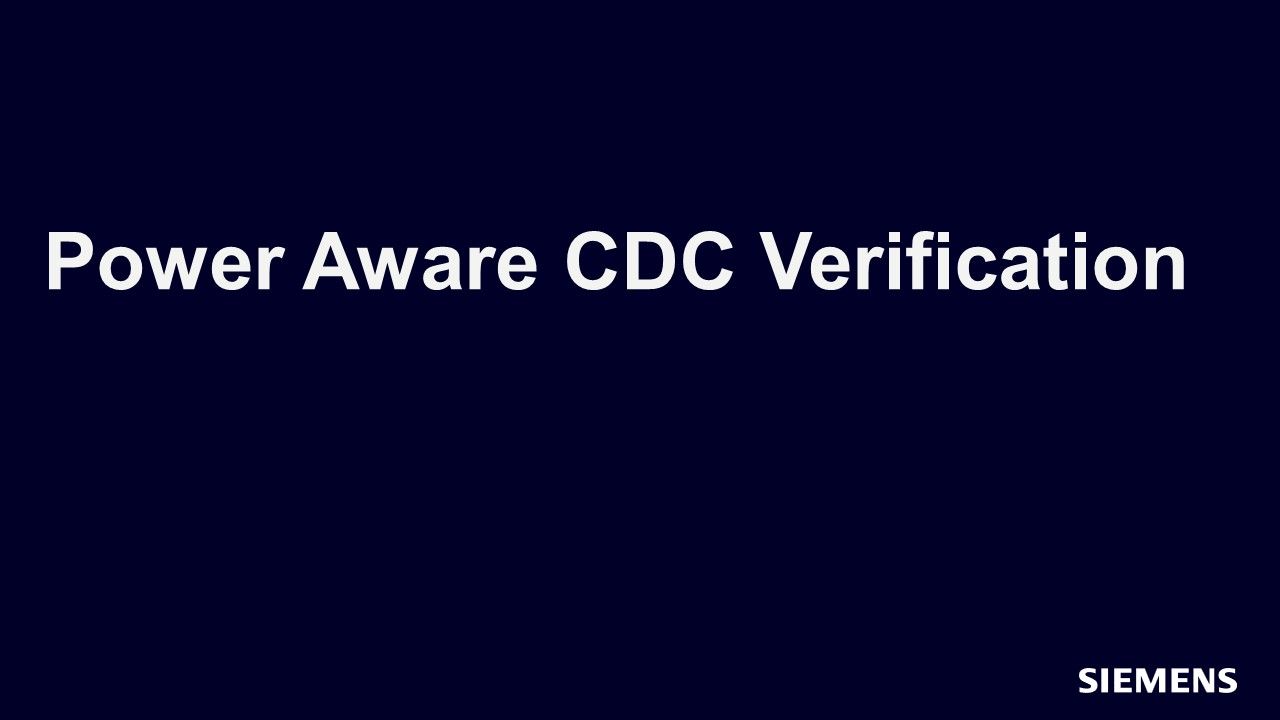
Power Aware CDC Verification
Track - Jun 30, 2015 by Kurt Takara
In this track, you will learn the low power CDC methodology by discussing the low power CDC challenges, describing the UPF-related power logic structures relevant to CDC analysis, and explaining a low power CDC verification methodology.
-
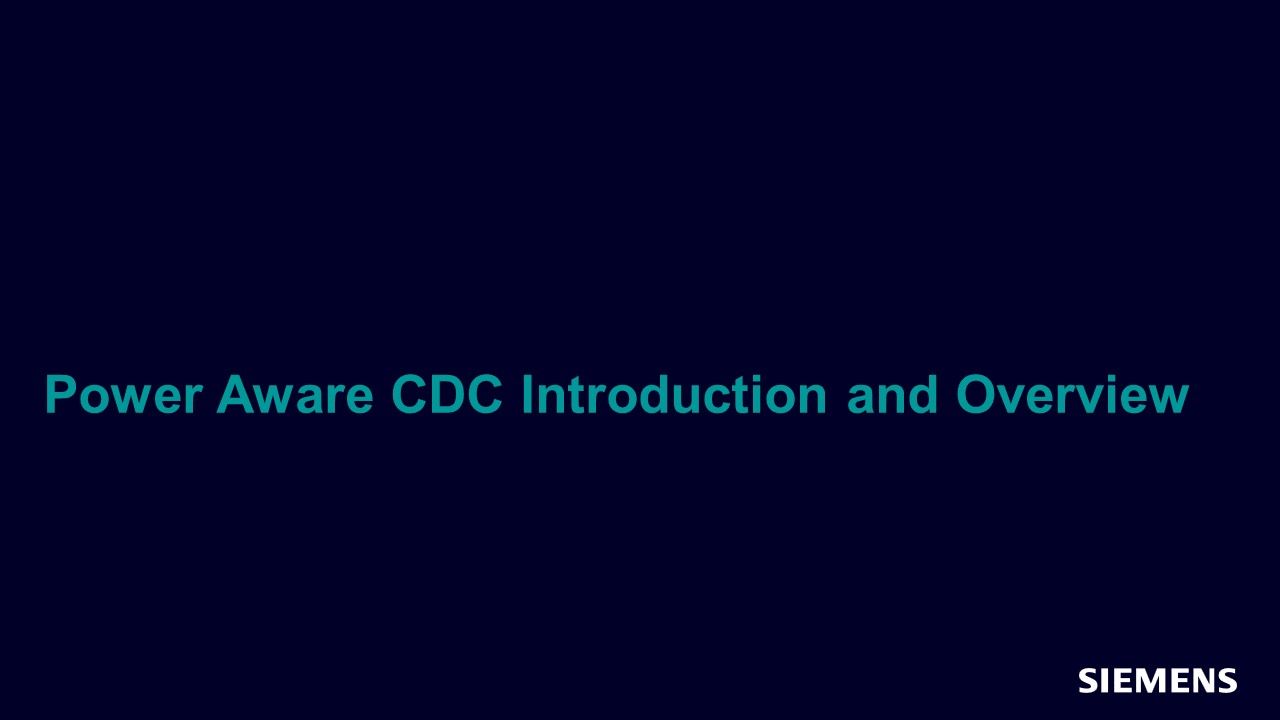
Power Aware CDC Introduction and Overview
Session - Jun 30, 2015 by Kurt Takara
This session introduces the design challenges created by low power designs and the implications that these designs have on CDC verification.
-
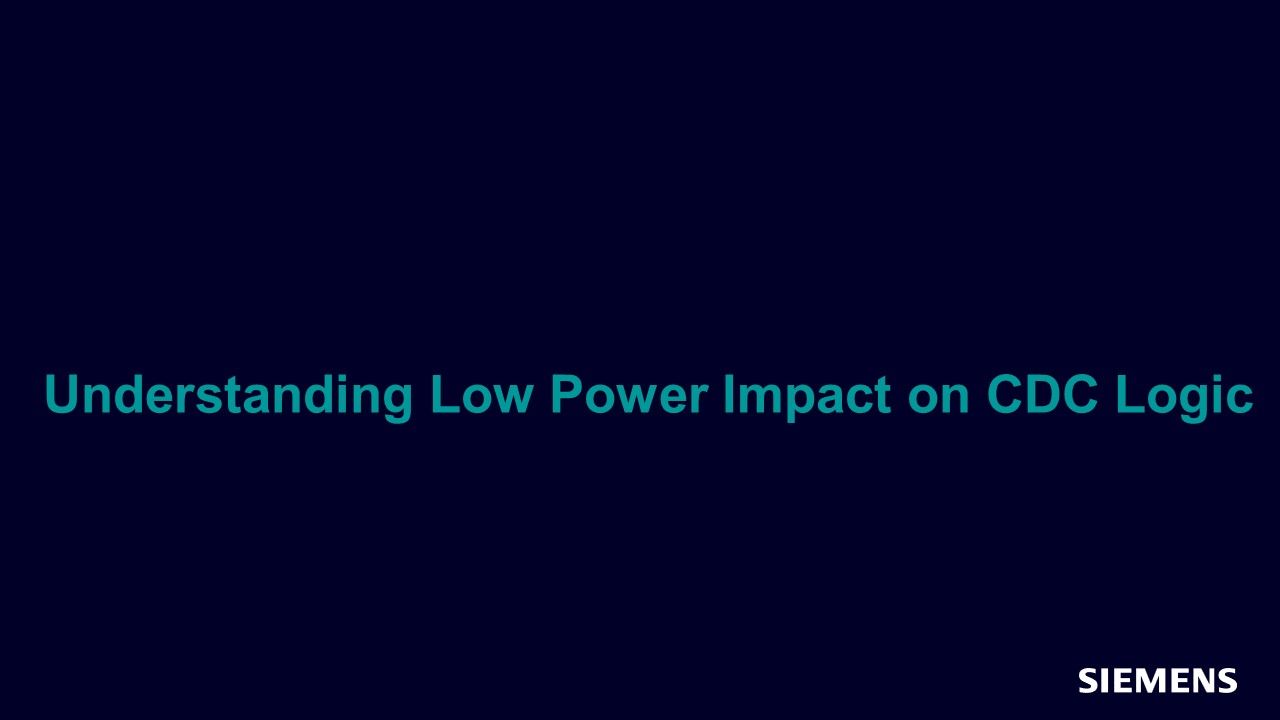
Understanding Low Power Impact on CDC Logic
Session - Jun 30, 2015 by Kurt Takara
This session describes the impact of low power design techniques on design and CDC logic and also explains dynamic voltage and frequency scaling (DVFS) and its effect on CDC design and verification.
-
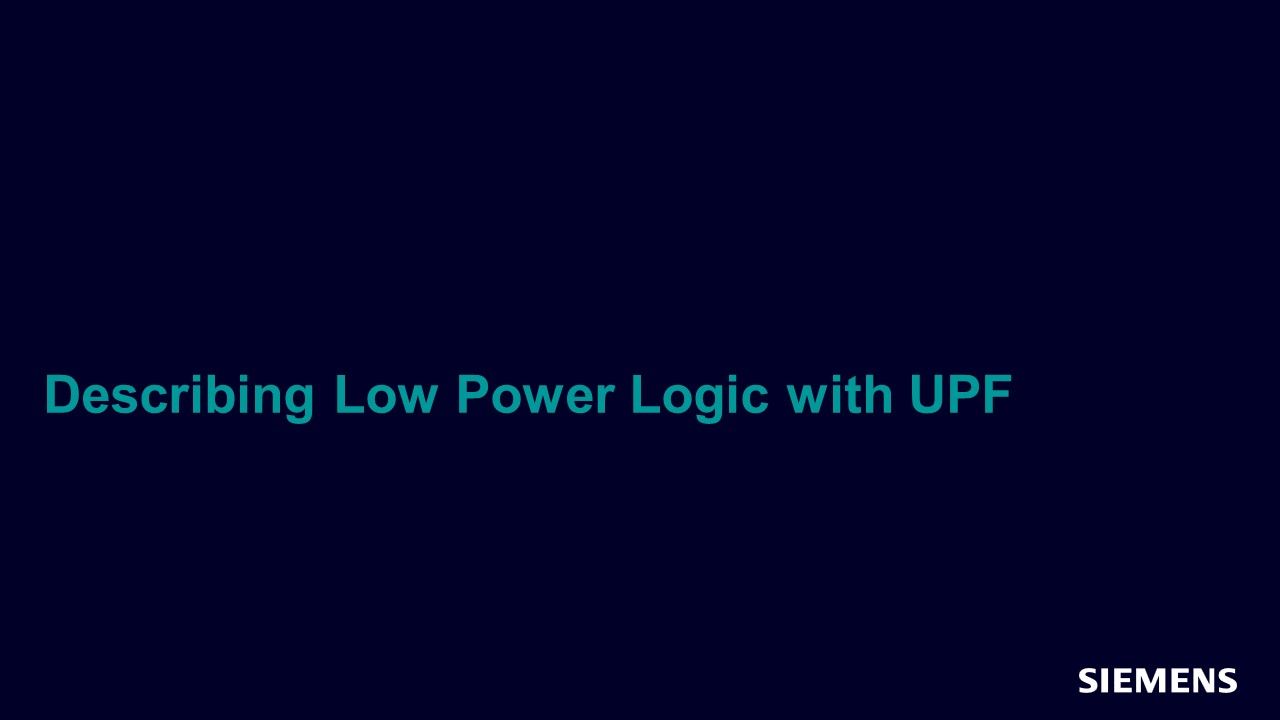
Describing Low Power Logic with UPF
Session - Jun 30, 2015 by Kurt Takara
This session describes the clock-domain crossing requirements for low power designs and explains the CDC issues introduced by power control logic.
-
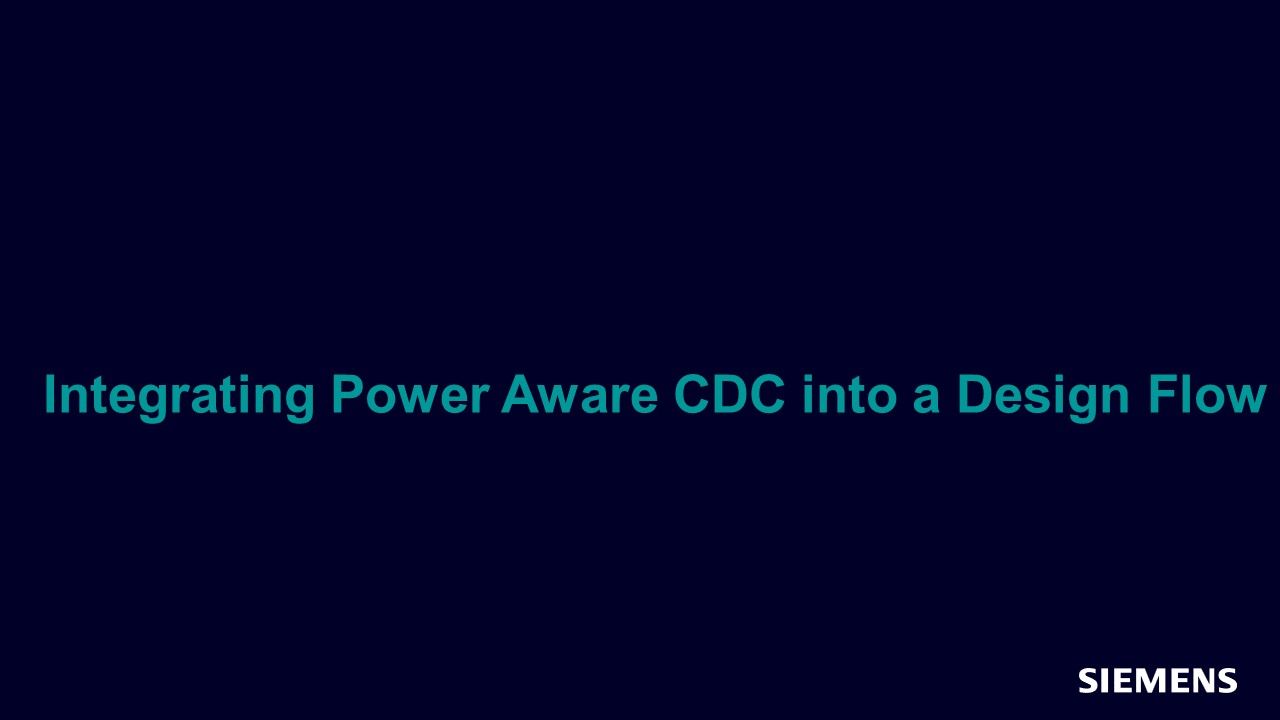
Integrating Power Aware CDC into a Design Flow
Session - Jun 30, 2015 by Kurt Takara
This session describes a low power verification methodology and how the Questa Power Aware CDC solution may be integrated into your design flow.
-
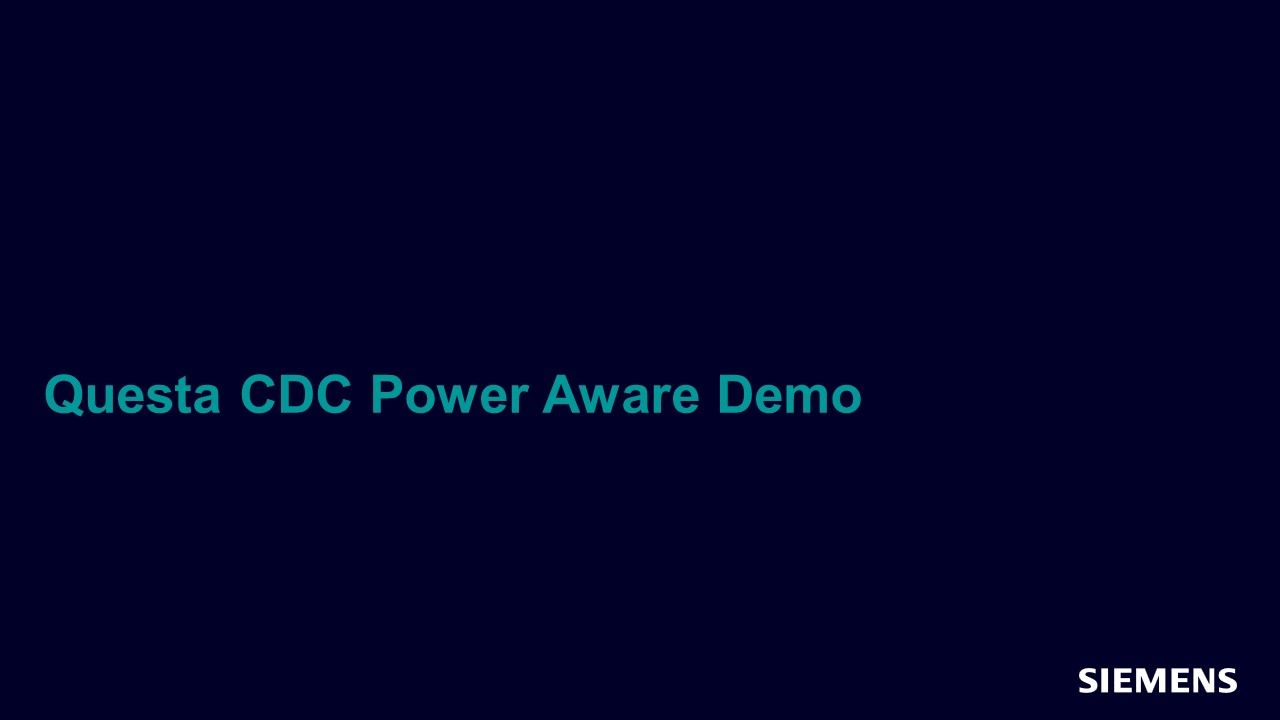
Questa CDC Power Aware
Session - Jun 30, 2015 by Kurt Takara
This session demonstrates the Questa CDC Power Aware solution for verifying low power designs including clock domain crossing (CDC) and voltage domain crossing (VDC) paths.
-
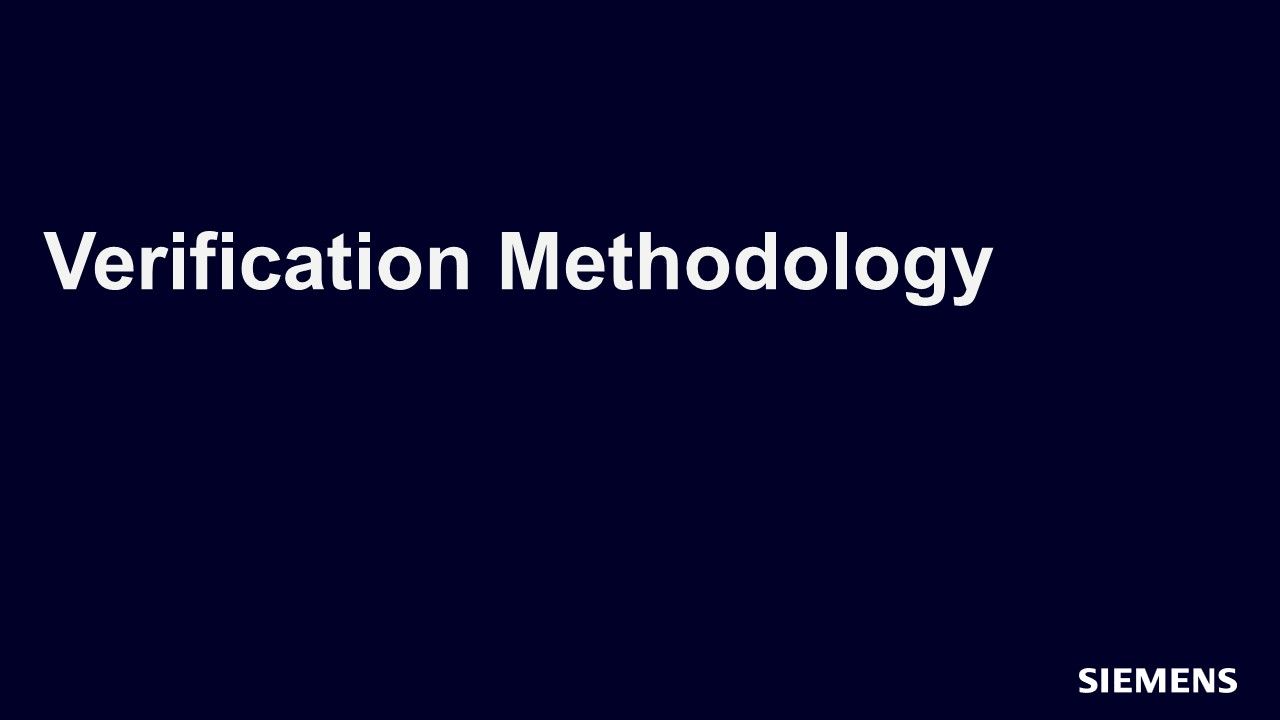
Verification Methodology Cookbooks
Cookbook - Jun 29, 2015 by Verification Methodology Team
Find all the methodology you need in this comprehensive and vast collection. The UVM and Coverage Cookbooks contain dozens of informative, executable articles covering all aspects of UVM and Coverage.
-
DAC 2015 Academy PDF Presentation: New Coverage Closure Techniques - Mentor Graphics
Resource - Jun 22, 2015 by
-
Debug Data API (DDA)
Resource (Slides (.PDF)) - Jun 19, 2015 by Ellie Burns
-
Boosting Test-Creation Productivity with Portable Stimulus
Resource (Slides (.PDF)) - Jun 19, 2015 by Tom Fitzpatrick
Portable stimulus boosts test-creation productivity 10-100x, and enables test reuse across simulation, emulation, and post-silicon engines.
-
DAC 2015 Academy PDF Presentation: Successive Refinement: A Methodology for Incremental Specification of Power Intent using UPF - Mentor Graphics
Resource - Jun 19, 2015 by
-
Off and Running with UVM
Resource - Jun 19, 2015 by